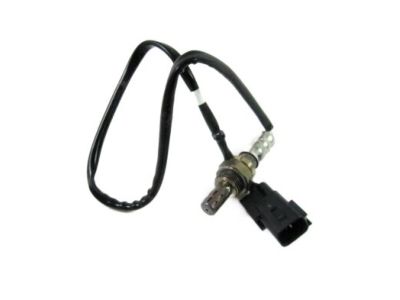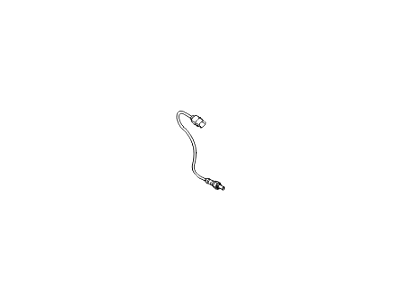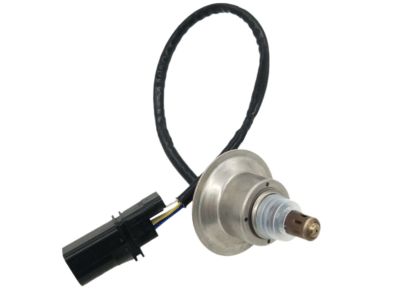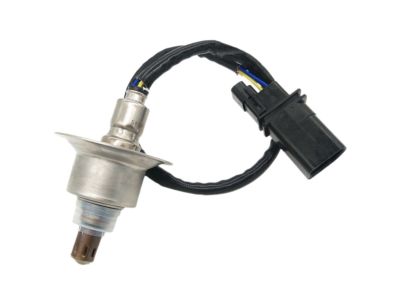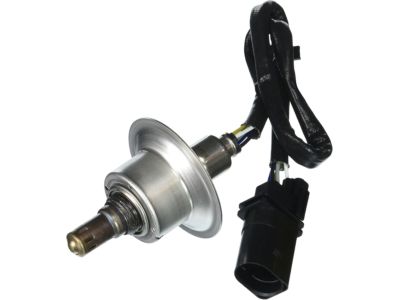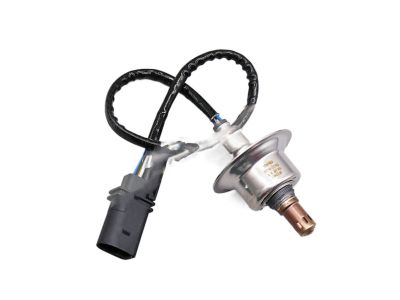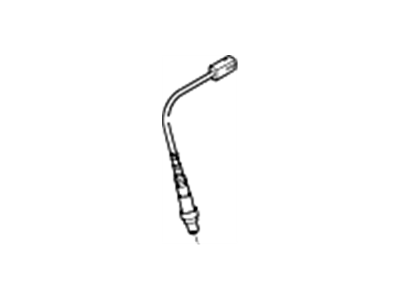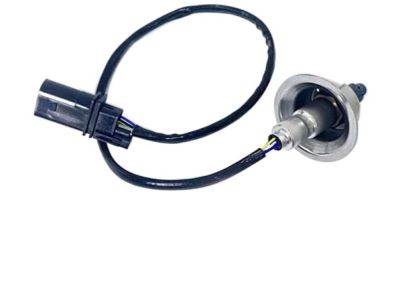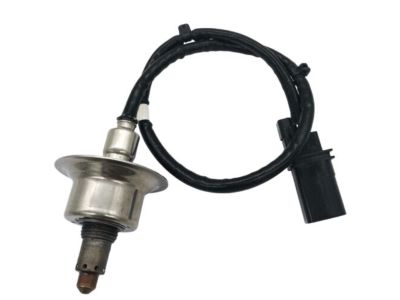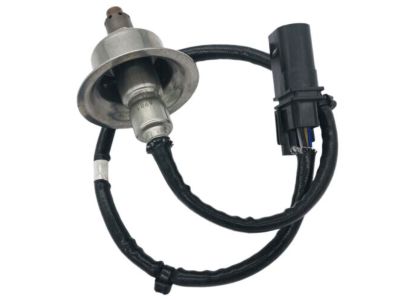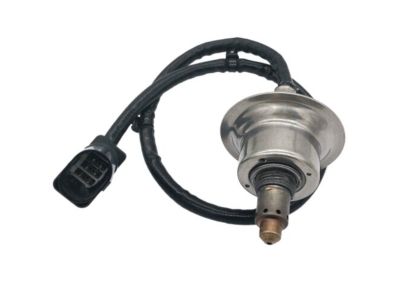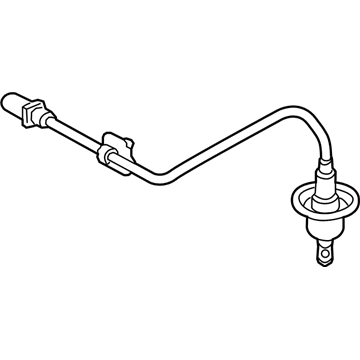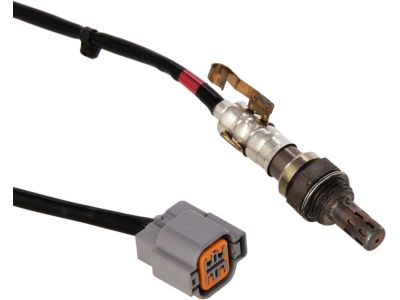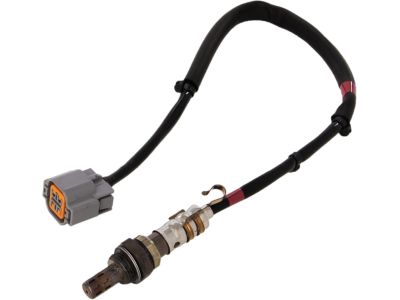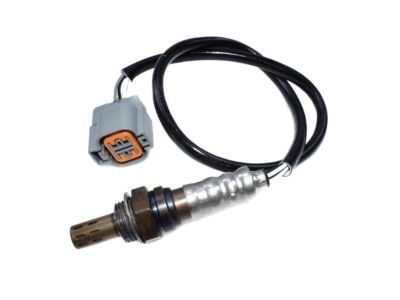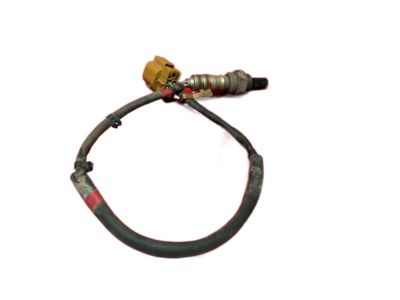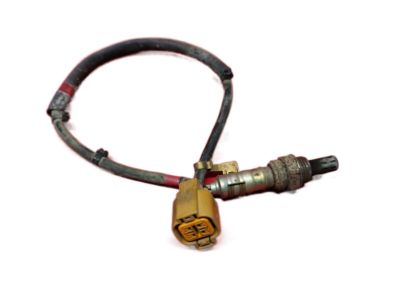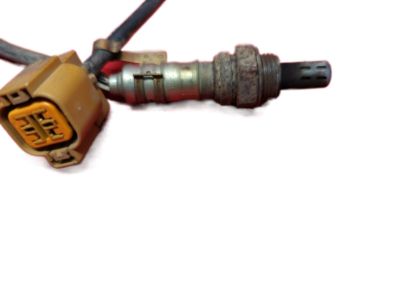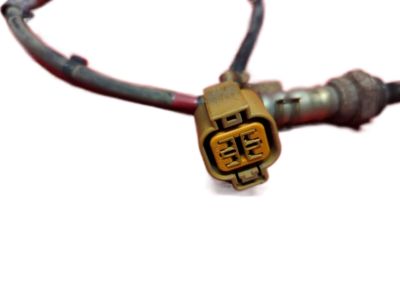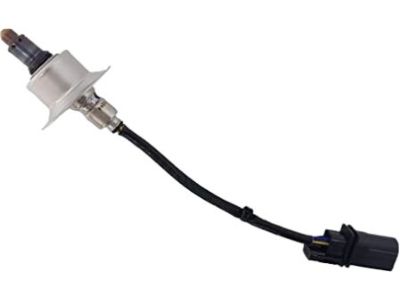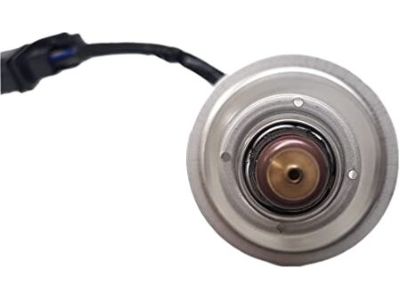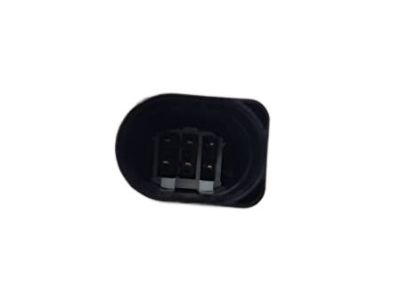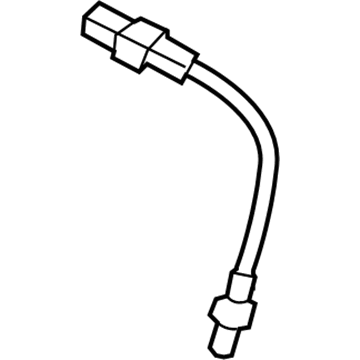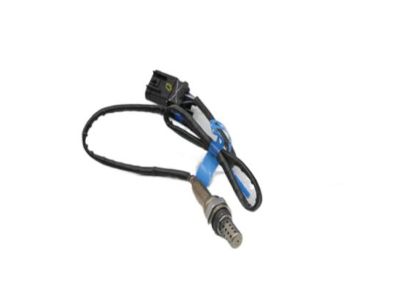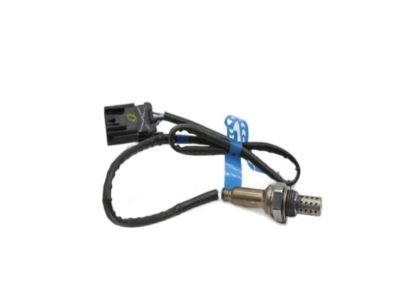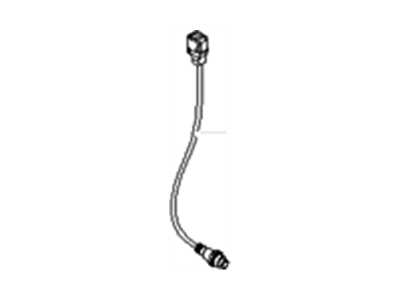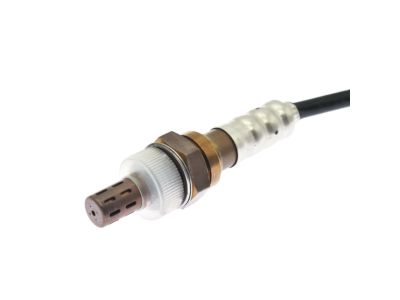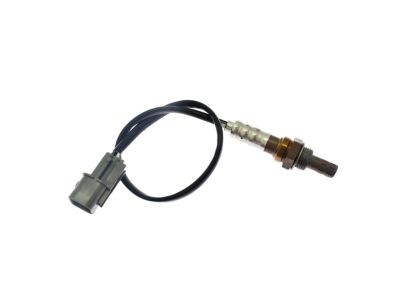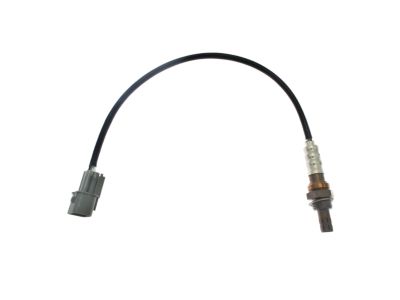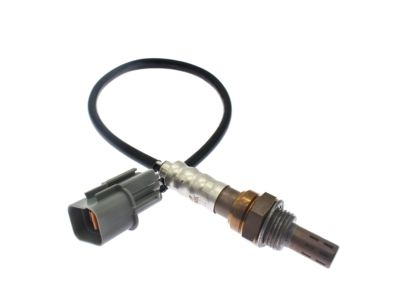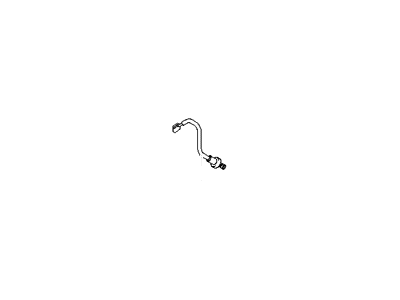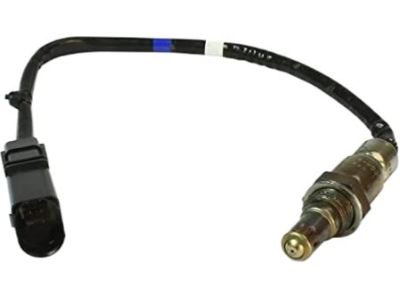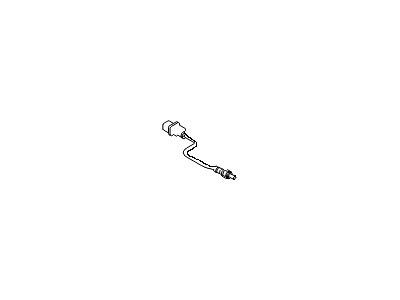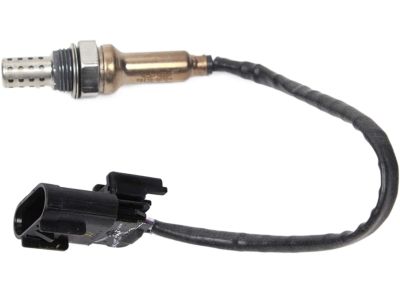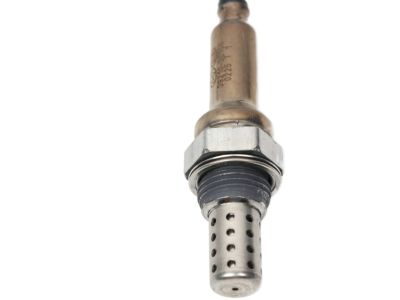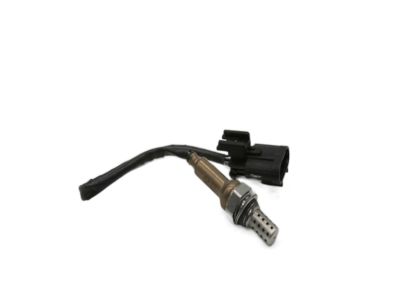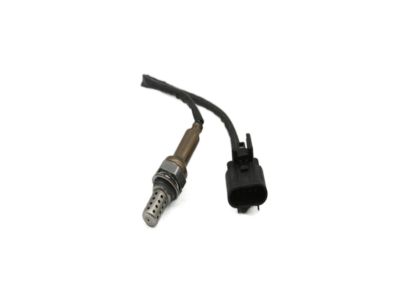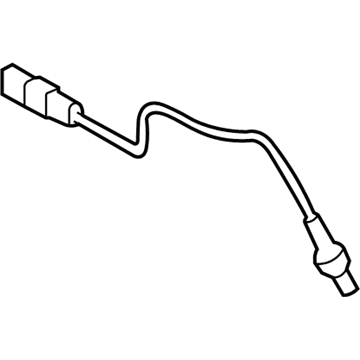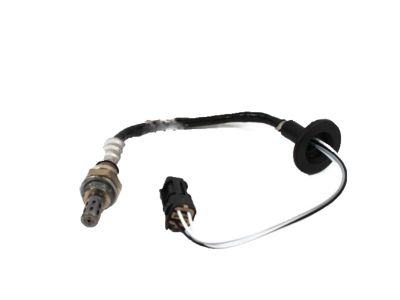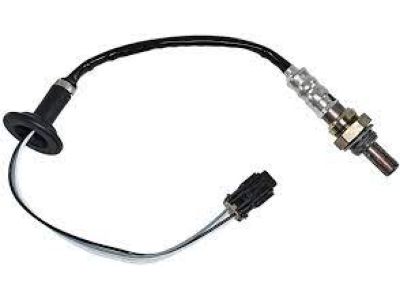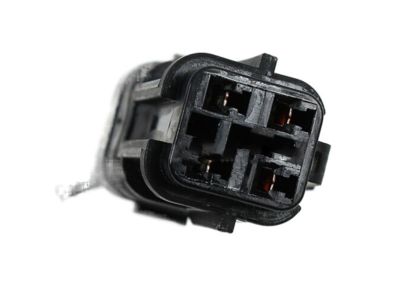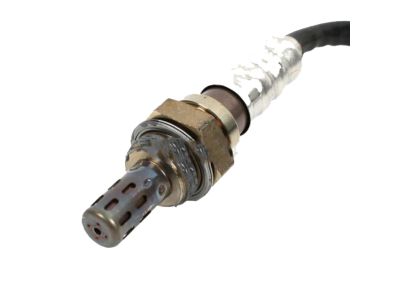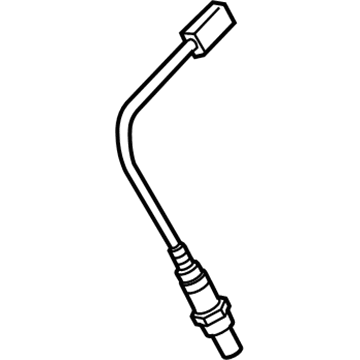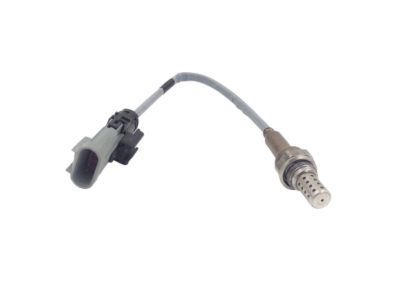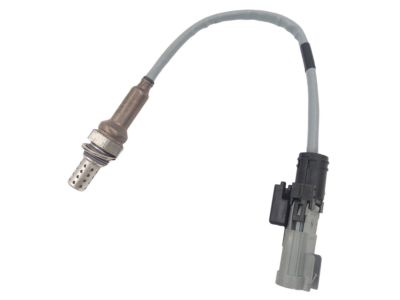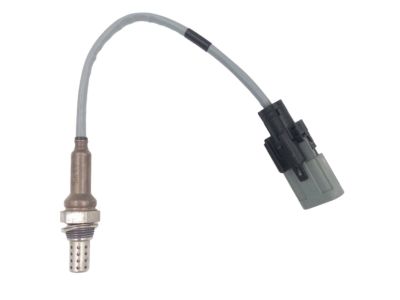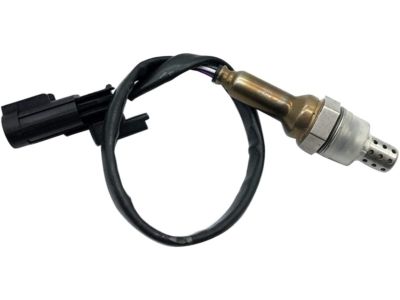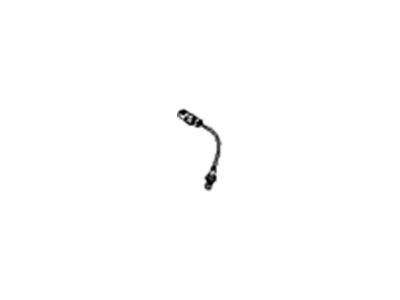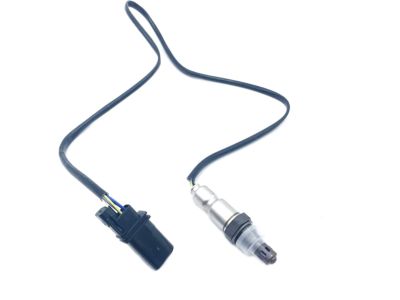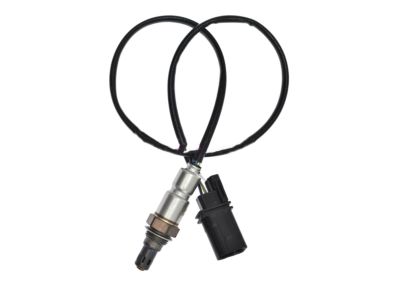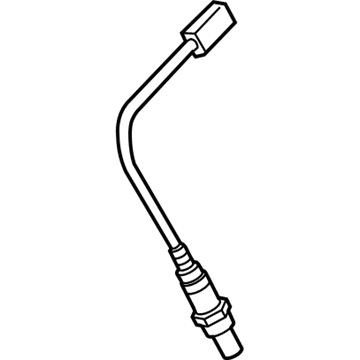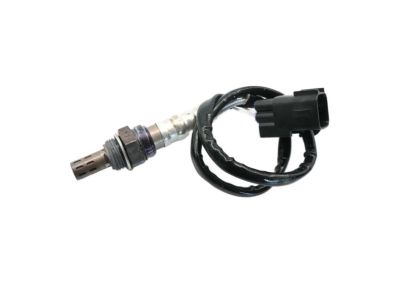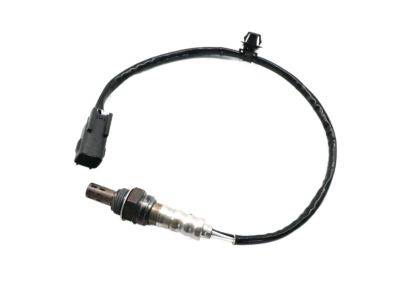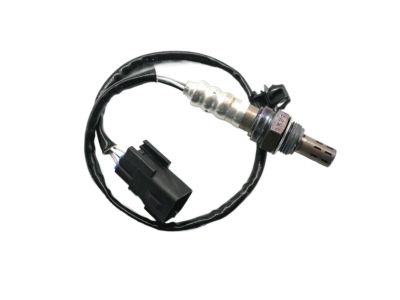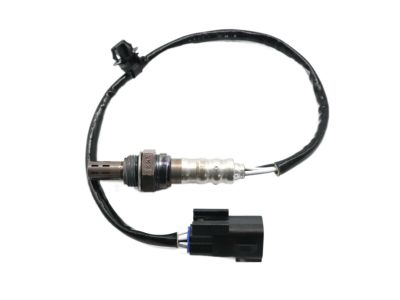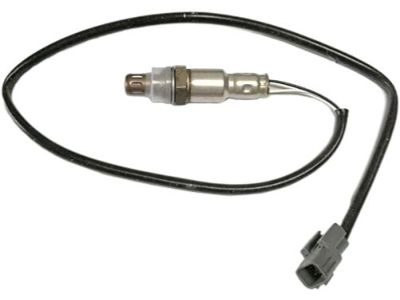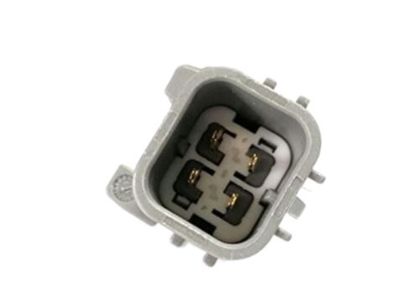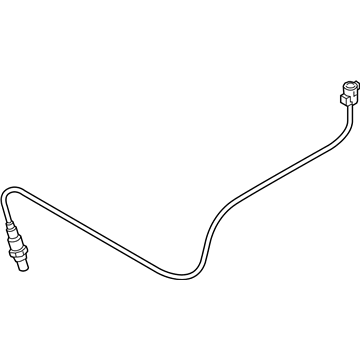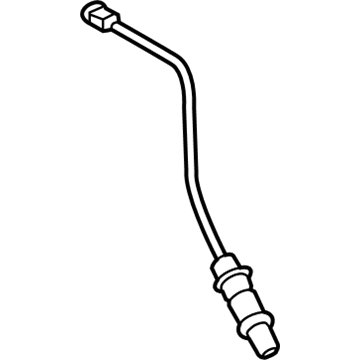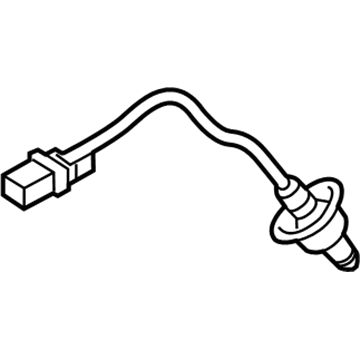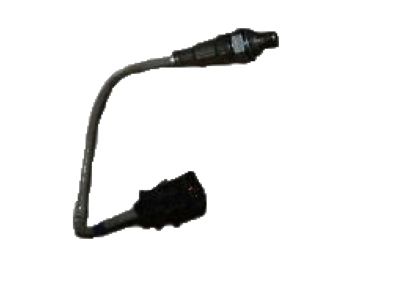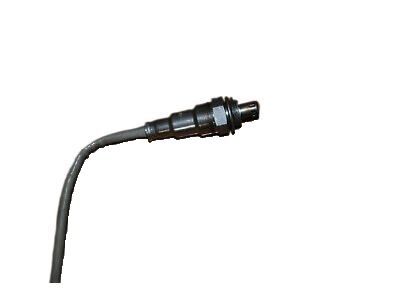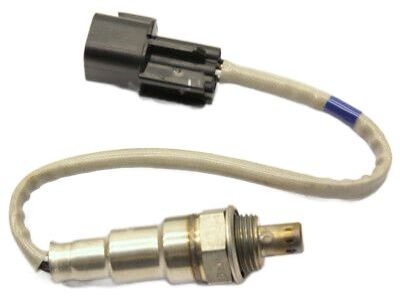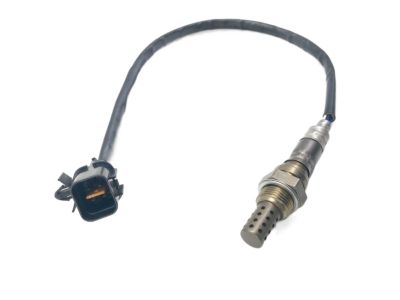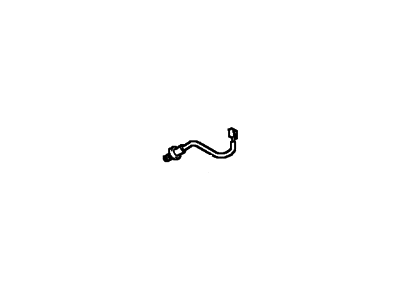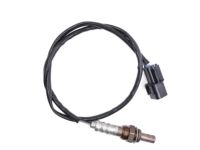×
- Hello
- Login or Register
- Quick Links
- Live Chat
- Track Order
- Parts Availability
- RMA
- Help Center
- Contact Us
- Shop for
- Hyundai Parts
- Hyundai Accessories


My Garage
My Account
Cart
Genuine Hyundai Sonata Oxygen Sensor
Oxygen O2 Sensor- Select Vehicle by Model
- Select Vehicle by VIN
Select Vehicle by Model
orMake
Model
Year
Select Vehicle by VIN
For the most accurate results, select vehicle by your VIN (Vehicle Identification Number).
60 Oxygen Sensors found

Hyundai Sonata Sensor Assembly-Oxygen,Rear
Part Number: 39210-2G200$181.68 MSRP: $255.26You Save: $73.58 (29%)Ships in 1-3 Business Days
Hyundai Sonata Sensor Assembly-Oxygen
Part Number: 39210-2G100$314.02 MSRP: $441.19You Save: $127.17 (29%)Ships in 1-3 Business Days
Hyundai Sonata Sensor Assembly-Oxygen
Part Number: 39210-2G240$181.68 MSRP: $255.26You Save: $73.58 (29%)Ships in 1-2 Business Days
Hyundai Sonata Sensor Assembly-Oxygen,Rear
Part Number: 39210-2G550$181.68 MSRP: $255.26You Save: $73.58 (29%)Ships in 1-2 Business Days
Hyundai Sonata Sensor Assembly-Oxygen,Rear
Part Number: 39210-2G560$181.68 MSRP: $255.26You Save: $73.58 (29%)Ships in 1-2 Business Days
Hyundai Sonata Sensor Assembly-Oxygen
Part Number: 39210-2GAA0$314.02 MSRP: $441.19You Save: $127.17 (29%)Ships in 1-3 Business Days
Hyundai Sonata Sensor Assembly-Oxygen,Rear(RH)
Part Number: 39210-3C200$195.26 MSRP: $274.33You Save: $79.07 (29%)Ships in 1-3 Business Days
Hyundai Sonata Sensor Assembly-Oxygen,LH
Part Number: 39210-37530$219.93 MSRP: $309.01You Save: $89.08 (29%)Ships in 1-3 Business Days
Hyundai Sonata Sensor Assembly-Oxygen,Front
Part Number: 39210-2G720$313.31 MSRP: $440.19You Save: $126.88 (29%)Ships in 1-2 Business Days
Hyundai Sonata Sensor Assembly-Oxygen, Front(LH)
Part Number: 39210-3C100$157.23 MSRP: $220.90You Save: $63.67 (29%)Ships in 1-3 Business Days
Hyundai Sonata Sensor Assembly-Oxygen,Rear
Part Number: 39210-2G650$181.68 MSRP: $255.26You Save: $73.58 (29%)Ships in 1-3 Business Days
Hyundai Sonata Sensor Assembly-Oxygen,Rear(LH)
Part Number: 39210-3C400$185.86 MSRP: $261.13You Save: $75.27 (29%)Ships in 1-3 Business Days
Hyundai Sonata Sensor Assembly-Oxygen
Part Number: 39210-2G370$240.79 MSRP: $338.31You Save: $97.52 (29%)Ships in 1-3 Business Days
Hyundai Sonata Sensor Assembly-Oxygen,Rear
Part Number: 39210-25110$238.30 MSRP: $334.80You Save: $96.50 (29%)Ships in 1-3 Business Days
Hyundai Sonata Sensor Assembly-Oxygen,Rear
Part Number: 39210-2GBA0$181.68 MSRP: $255.26You Save: $73.58 (29%)Ships in 1-3 Business DaysHyundai Sonata Sensor Assembly-Oxygen
Part Number: 39210-35120$142.57 MSRP: $200.31You Save: $57.74 (29%)Ships in 1-3 Business DaysHyundai Sonata Sensor Assembly-Oxygen,Rear
Part Number: 39210-2G260$181.68 MSRP: $255.26You Save: $73.58 (29%)Ships in 1-3 Business DaysHyundai Sonata Sensor Assembly-Oxygen,Front
Part Number: 39210-2B510$168.72 MSRP: $237.05You Save: $68.33 (29%)Ships in 1-3 Business Days

| Page 1 of 3 |Next >
1-20 of 60 Results
Hyundai Sonata Oxygen Sensor
If you are looking for affordable high-quality OEM Hyundai Sonata Oxygen Sensor, then you have come to the prime place. Our website provides a large amount of genuine Hyundai Sonata Oxygen Sensor at unbeatable prices. All our parts come backed with the manufacturer's warranty.
Hyundai Sonata Oxygen Sensor Parts Questions & Experts Answers
- Q: What general information should be considered when servicing an oxygen sensor on Hyundai Sonata?A:When servicing an oxygen sensor, exercise special care as it has a permanently attached pigtail and electrical connector that cannot be removed; any damage or removal will ruin the sensor. Keep grease, dirt, and other contaminants away from both the electrical connector and the sensor, and avoid using any cleaning solvents on it. Handle the sensor gently to prevent dropping or rough handling. Since the sensor is installed in the exhaust manifold or Catalytic Converter, which contract when cool, it may be difficult to loosen when the engine is cold; therefore, start and run the engine briefly before attempting removal, taking care to avoid burns. The sensors are located near the exhaust manifolds at each primary catalytic converter, with an additional rear sensor in the exhaust pipe beneath the vehicle. If working on the rear sensor, raise the vehicle and support it securely on jackstands, which may also assist in removing a front lower sensor. Remove any components that obstruct access to the sensor, as these can vary by model year and installed options. Disconnect the sensor pigtail and release the wiring from any retainers before unscrewing the sensor, using special oxygen sensor sockets available at most auto parts stores while being cautious not to damage the hex on the sensor. Installation follows the reverse order of removal, ensuring to coat the threads of the oxygen sensor with anti-seize compound and tighten it to the specified torque.
Related Hyundai Sonata Parts
Browse by Year
2023 Oxygen Sensor 2022 Oxygen Sensor 2021 Oxygen Sensor 2020 Oxygen Sensor 2019 Oxygen Sensor 2018 Oxygen Sensor 2017 Oxygen Sensor 2016 Oxygen Sensor 2015 Oxygen Sensor 2014 Oxygen Sensor 2013 Oxygen Sensor 2012 Oxygen Sensor 2011 Oxygen Sensor 2010 Oxygen Sensor 2009 Oxygen Sensor 2008 Oxygen Sensor 2007 Oxygen Sensor 2006 Oxygen Sensor 2005 Oxygen Sensor 2004 Oxygen Sensor 2003 Oxygen Sensor 2002 Oxygen Sensor 2001 Oxygen Sensor 2000 Oxygen Sensor 1999 Oxygen Sensor 1998 Oxygen Sensor 1997 Oxygen Sensor 1996 Oxygen Sensor 1995 Oxygen Sensor 1994 Oxygen Sensor 1993 Oxygen Sensor 1992 Oxygen Sensor 1991 Oxygen Sensor 1990 Oxygen Sensor 1989 Oxygen Sensor 1988 Oxygen Sensor
